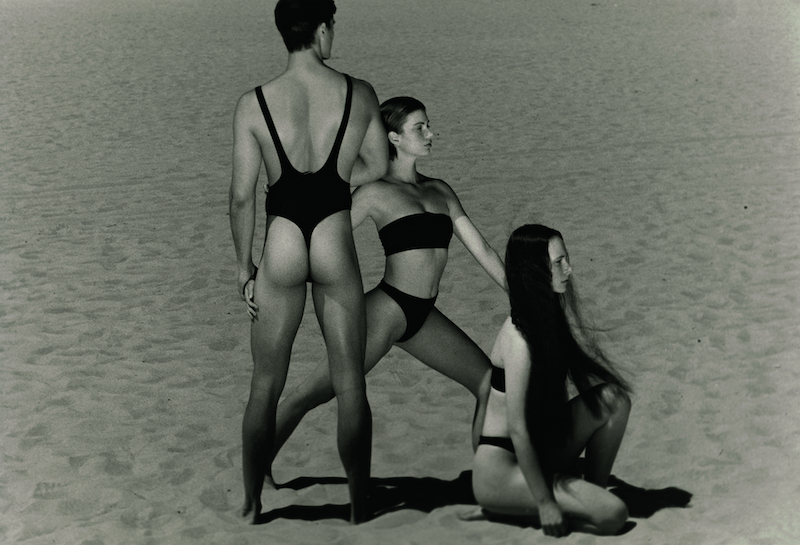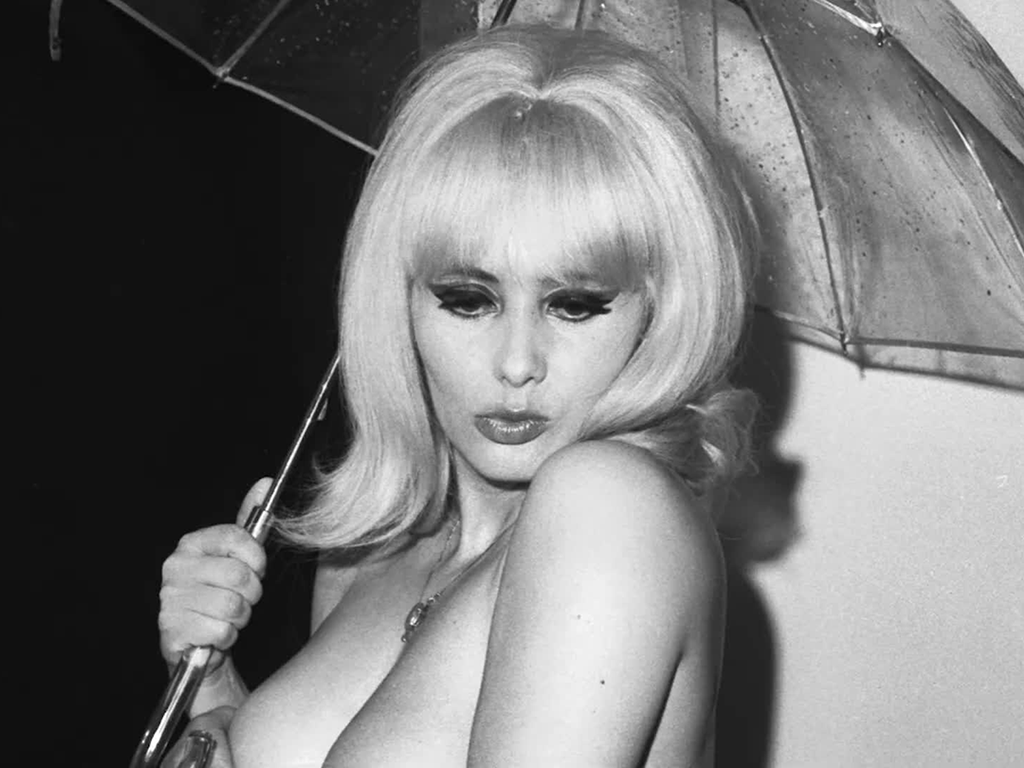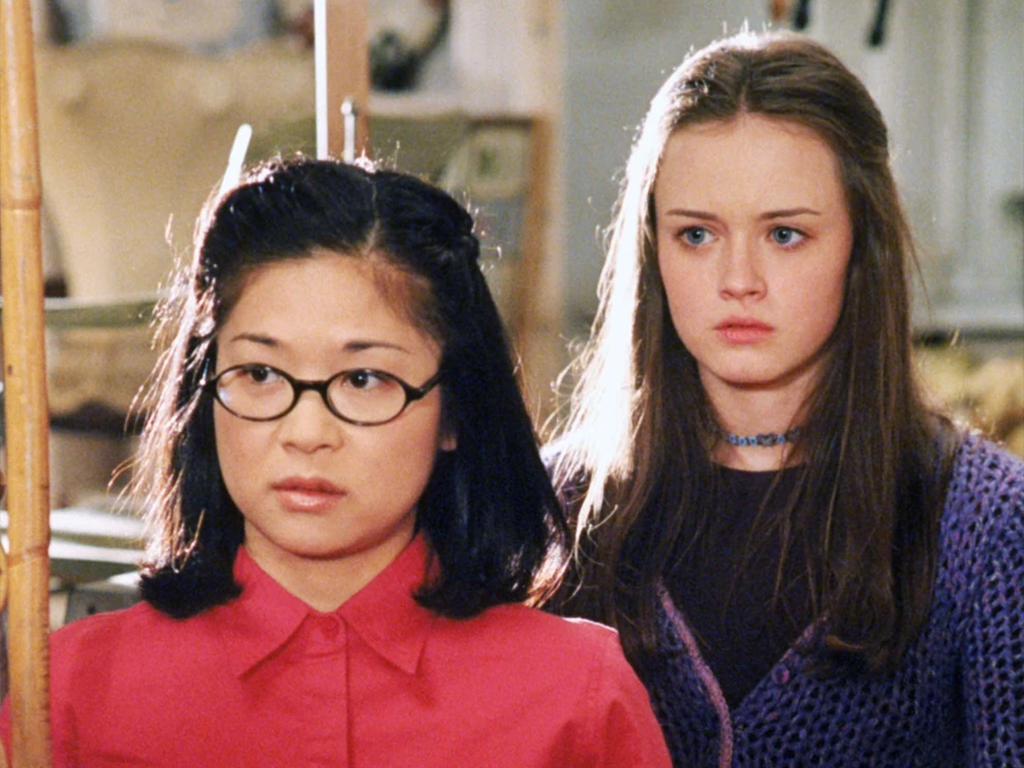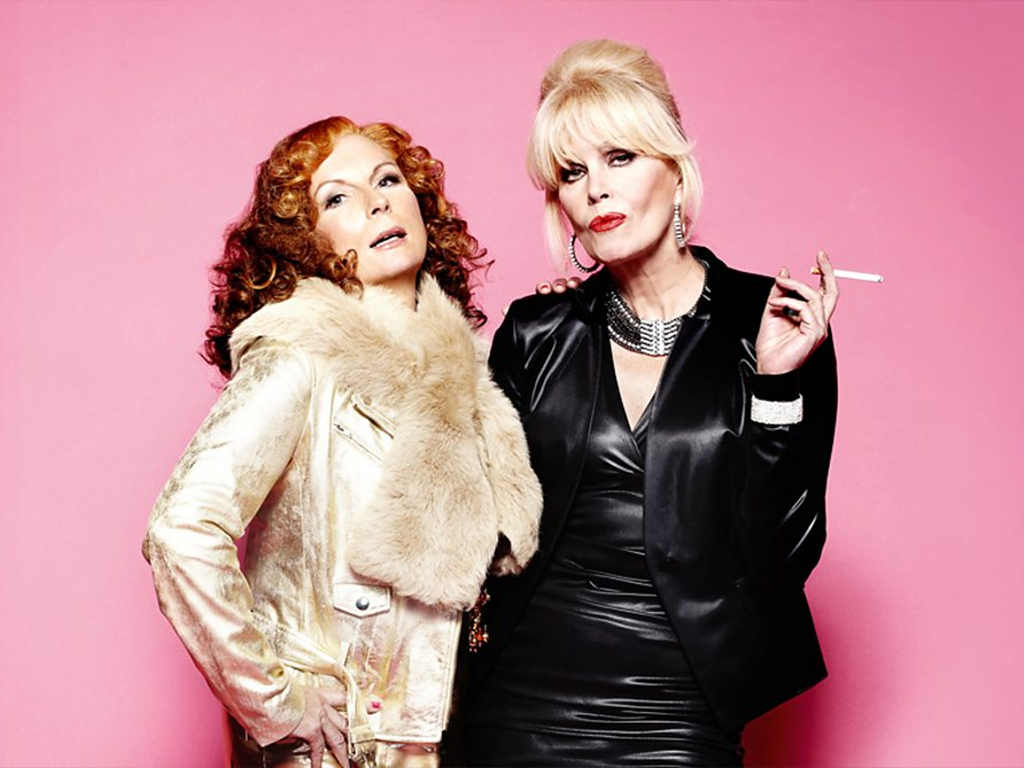A version of this post originally appeared in The Bold Italic.
Quick summary:
In 1964, Carol Doda made history by becoming the first woman to dance topless at the Condor, one of North Beach's most happening Broadway clubs. Marlo McKenzie and Jonathan Parker’s documentary — inspired in part by Benita Mattioli's book, "Three Nights at the Condor" – examines how Doda's actions changed the adult entertainment industry, morality laws, and the trajectory of American culture.
Vibe:
This is a somewhat formulaic documentary about an enigmatic person. If you're looking for an introduction to Doda's life and legacy, watching this film is a solid place to begin. It features a mix of achival footage and interviews, talking heads, and a point of view that toes the line between feminist icon and tragic figure. I'll probably never rewatch it or think about it again after writing this review, but I still enjoyed it.
Best time to watch:
There's something about 1960s-1970s San Francisco that makes me nostalgic for a time I haven't experienced. I like the idea of having a marathon featuring some of my favorite films from that era, including "Harold and Maude" (1971), "What's Up, Doc?" (1972), and "Petulia" (1968). The archival footage in "Carol Doda" is likewise alluring, even though I'm sure 1960s Broadway would have given me a panic attack.
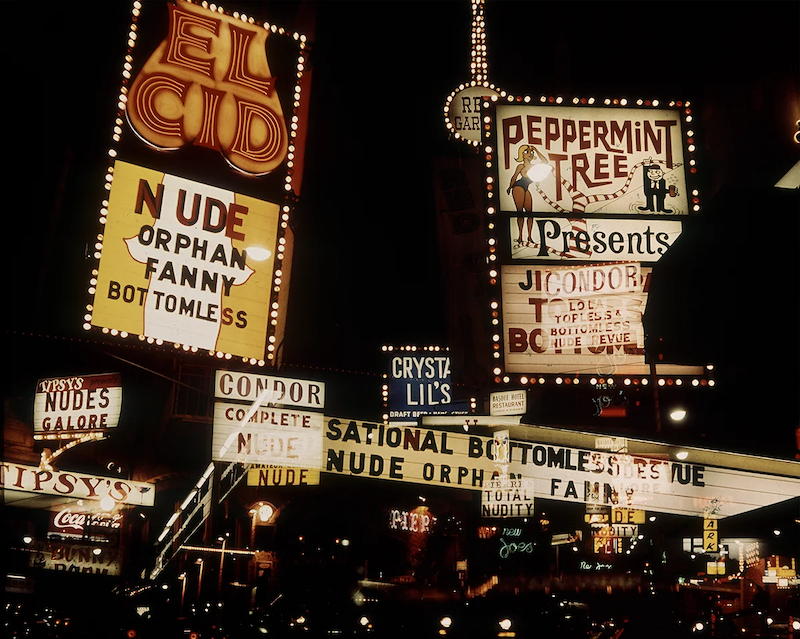
Worst time to watch:
Avoid this movie when you're in the mood for a genre-bending documentary that takes chances with form or raises ideas you've never previously considered.
Where to watch:
Check out the film's official website for a showtime near you. Some screenings, including the one in Ann Arbor on April 12, feature burlesque performances beforehand, so I recommend catching one of those if you can.

Thoughts:
Walk past Bodega on Columbus and Filbert in San Francisco and you’ll see Natalie Gabriel’s pastel mural of Carol Doda, gazing out at North Beach through melancholic eyes. Four blocks down is the Condor Club, the place where Doda became famous for making her debut as America’s first topless dancer in 1964. “Carol Doda Topless at the Condor” chronicles this nudity pioneer’s life, along with the changing sexual and cultural mores of the time.
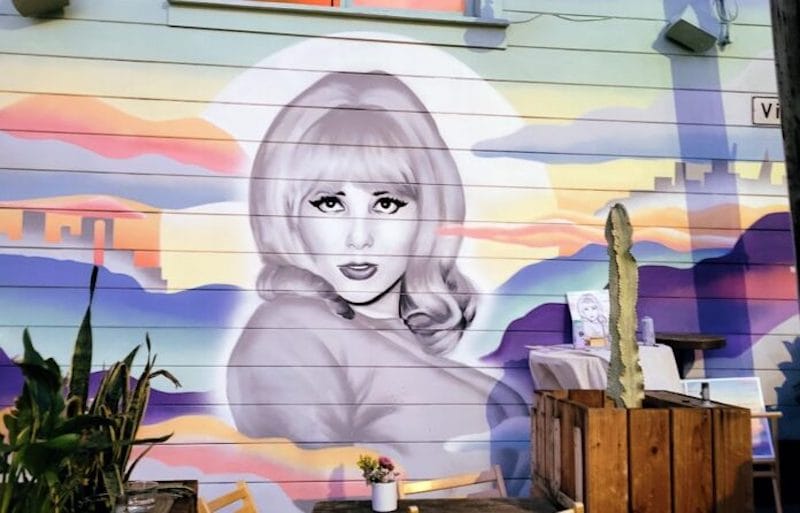
In an opening montage of archival footage, the filmmakers set the scene for 1960s San Francisco with a swirl of protests — civil rights, second-wave feminism, anti-war — and the golden age of Broadway when clubs like Big Al’s and the Peppermint Tree brought in entertainers to titillate the masses. Doda, a petite blonde who loved to dance, was the queen of the scene. She began as a cocktail waitress at the Condor who seized every opportunity to stand out, often jumping up on the club’s piano and doing the twist while acts like George & Teddy played.
Gino Del Prete, one of the club owners, saw the makings of a marketing gimmick and decided to up the ante by rigging the piano to descend from the ceiling with a gyrating Doda on top. After fashion designer Rudi Gernreich came out with the monokini, Doda’s publicist, Davey Rosenberg, saw an even better opportunity to garner headlines. Soon, the tits out craze took San Francisco by storm, culminating in offbeat shit like a topless clam chowder joint, before the moral backlash took hold. Clubs were shut down and women were arrested, although a trial eventually acquitted them and made SF the first city to legalize topless dancing.
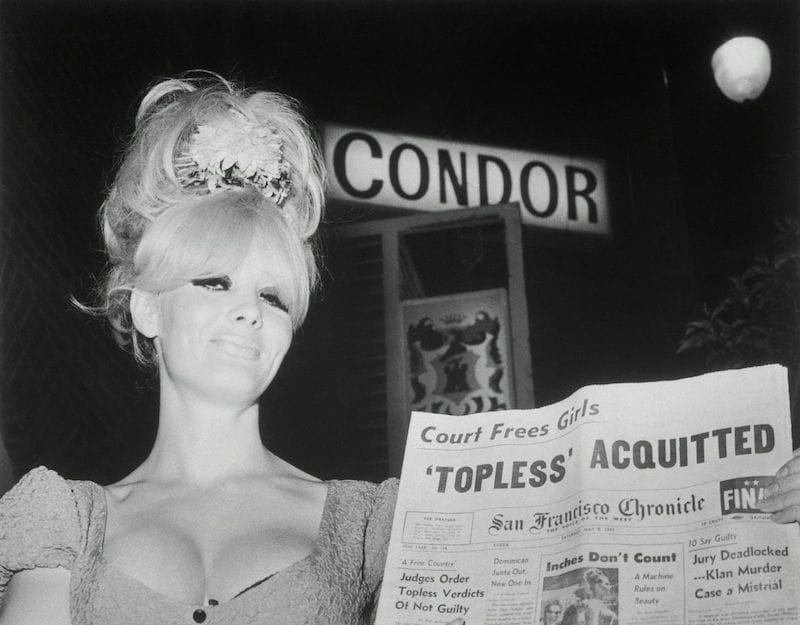
At this point, Doda’s novelty had begun to wear off and she was actively looking for ways to differentiate herself as a performer. When her boss mentioned silicone injections, an experimental way to increase bust size, she quickly jumped from a B cup to a DD. Rather than falling prey to the false dichotomy between exploitation and liberation under the male gaze, the doc acknowledges their capitalism-fueled intersection.
Cultural critic Wednesday Martin, one of the film’s featured talking heads, describes it this way: “It was almost like Carol Doda was saying, ‘My body is the art and the performance is going to go on… and if my route to success is the male gaze and objectification, I’m gonna fuck it up. I’m gonna go all the way.’”
Doda leveraged her assets to support herself and live the type of life she wanted. Was she manipulated during the process? Sure, but who isn’t under this patriarchal, capitalist hellscape? We’re all just trying to stay afloat and as a result, it’s difficult to fully consider the future consequences of our actions.
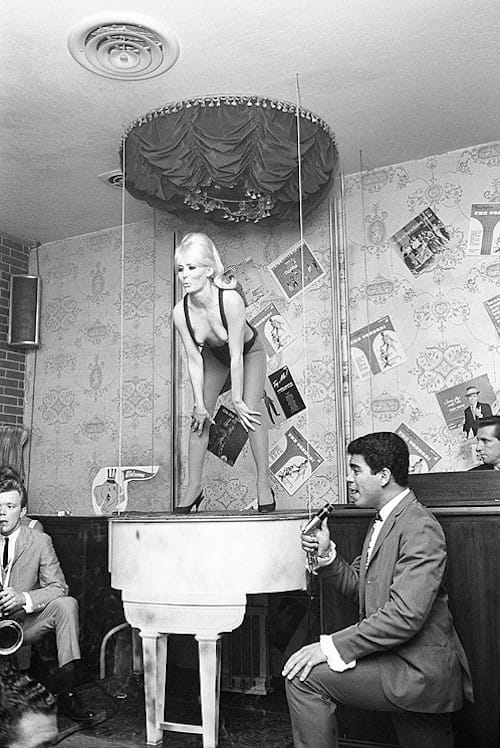
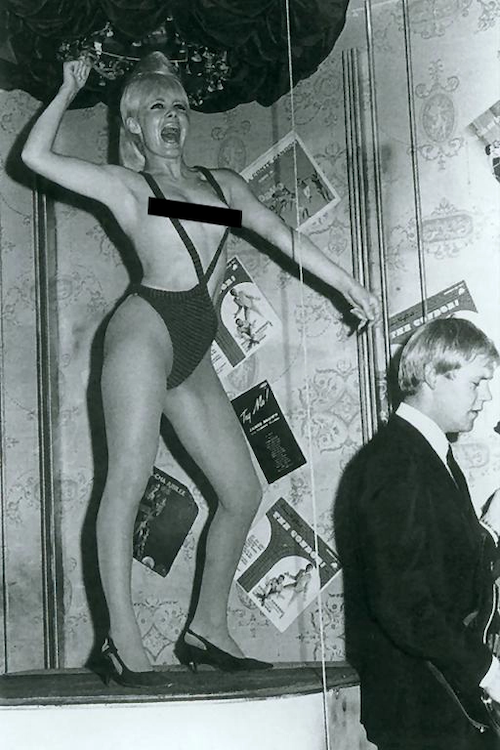
Pre-silicone injections, friends and journalists ragged on Doda for her small bust size.
The doc doesn’t absolve Doda of responsibility for enhancing detrimental beauty standards, nor does it vilify her; instead, it uses her story to show the limitations even the most subversive women face when societal structures are against them. Doda kickstarted a wave of sexual freedom and bodily autonomy, not to mention an entire segment of the entertainment industry, yet she was still underpaid by the owners of the Condor.
As her body aged and lost value, she was forced to pivot into another industry, which she did with decent success until the silicone in her breasts caused health issues that eventually killed her. She was a complicated woman, one who pushed against the strictures of patriarchal society while also benefiting from it. Her story is a timely one, as it mirrors the murkiness of modern feminism amongst the ongoing culture wars and raises complex questions that we’re still struggling with today (e.g., Is it even possible for feminism and capitalism to coexist? Have we really progressed since Doda's day?).
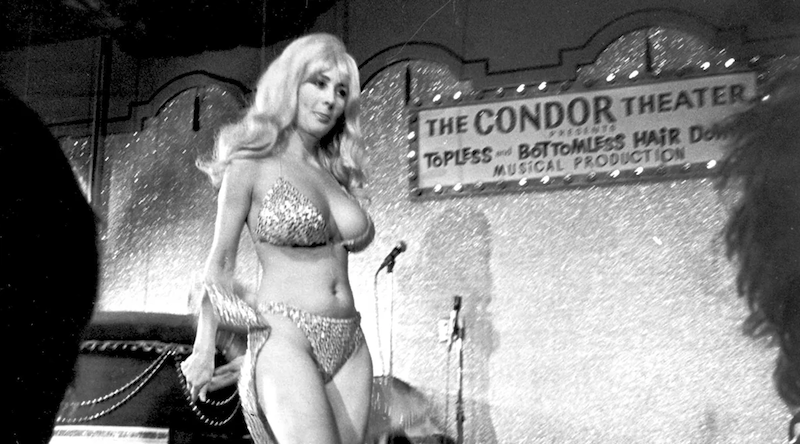
I have a few bones to pick with this film, including the way it haphazardly integrates Jimi and Judy Mamou, an interracial couple who knew Doda because they worked in the industry, but weren’t exactly close with her. Their story is interesting and I understand that it was probably added to provide an alternate perspective, I just wish it didn’t feel so disconnected from the narrative at large. I actually think this would be a better film if it wasn't centered specifically around Doda. She's definitely a pivotal figure in the scene, but there's so much interesting shit happening around her, including shifting race relations, that could have been examined in greater detail.
The other bummer is the lack of information about Doda’s life outside of work. By all accounts, she was a guarded woman who didn’t share personal details, although there was mention of a young marriage gone bad and children lost in a custody battle. In a perfect world, the filmmakers would have hunted down her progeny, or someone who knew them, to explore that angle. Without it, her portrait feels incomplete and I'm left wondering about Doda's inner workings. There's only so much you can learn about a person when they refuse to let the entertainer mask slip.
Stray observations:
- You know who else used to get busted for obscenity in North Beach? Lenny Bruce. He was arrested during a show at the Jazz Workshop in 1961 for repeatedly using the word "cocksucker" as a way to push back against the SF police's efforts to criminalize homosexuality.
- I'm not one for cutting a rug at the clurb, but maybe I would if Bobby Freeman's swim dance was still in vogue.
- I laughed out loud when Doda called Andy Warhol boring and told the story about spray painting Frank Sinatra's bald spot.
- While watching this doc, I couldn't stop thinking about Maila Nurmi, AKA Vampira. If only one of Doda's long lost relatives would come out of the woodwork and publish a biography about her life...
- This piece by Kim Nicolini is a great read and worthy counterpoint to the mythology of Carol Doda. I wish more voices like hers had been featured in this documentary.
- Rudi Gernreich was a fascinating figure in fashion who inspired everyone from George Lucas to Rei Kawakubo. If you want to know more, I highly recommend hunting down his collaborator Peggy Moffitt's "The Rudi Gernreich Book." She and her husband, William Claxton, had several cool projects with Gernreich, including this film.
